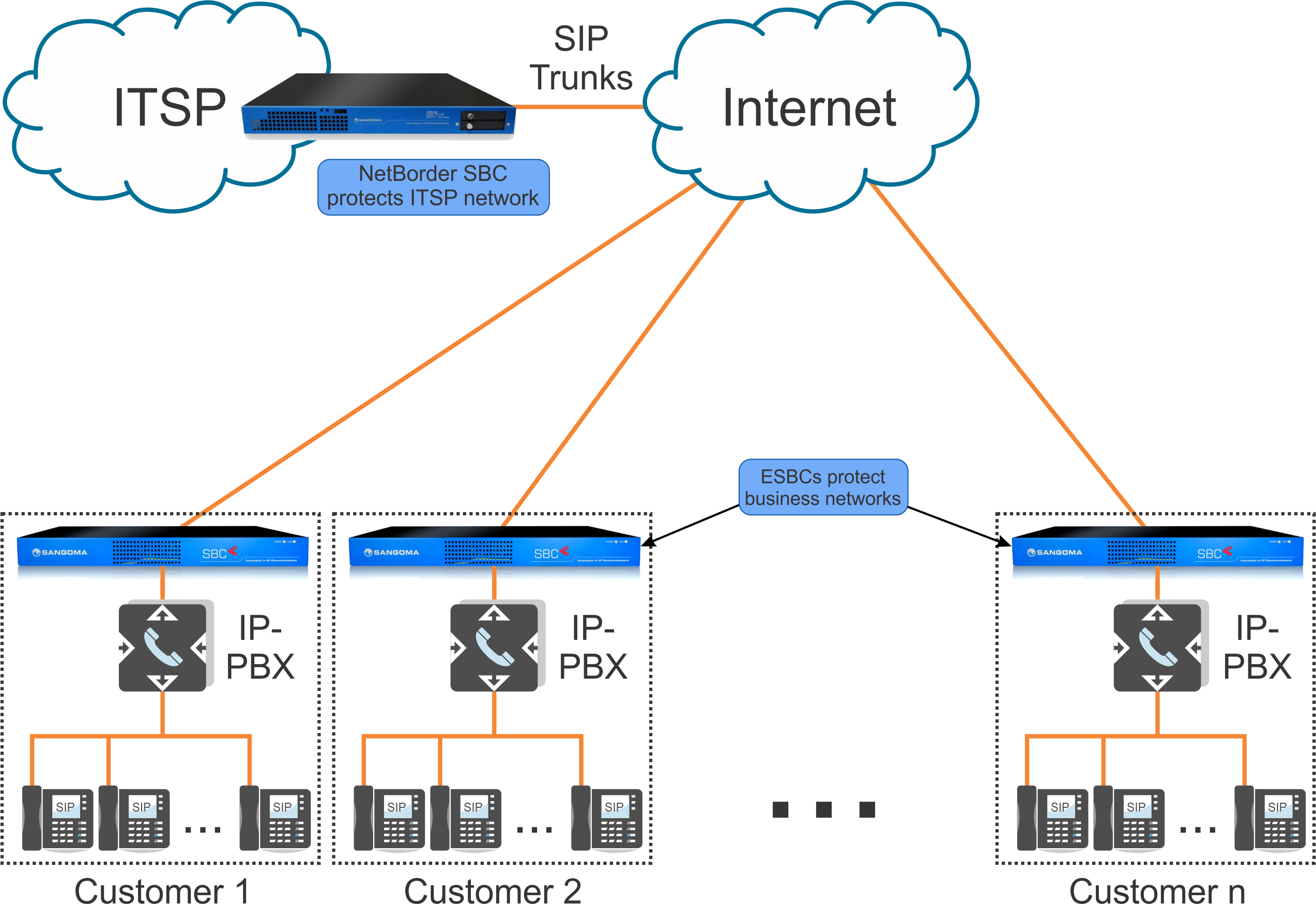Introduction
In today’s fast-paced world, communication is the key to success in any organization. With the advent of technology, businesses are constantly seeking efficient ways to communicate and collaborate with their teams, clients, and partners. One such technology that has revolutionized the way we communicate is Session Initiation Protocol (SIP). SIP, primarily known for its role in voice communication, is now increasingly being used for video conferencing, offering a seamless platform for enhancing collaboration among teams irrespective of their geographical locations.
Understanding SIP
Session Initiation Protocol, or SIP, is a signaling protocol widely used for controlling multimedia communication sessions such as voice and video calls over the Internet. It enables the establishment, modification, and termination of these sessions. SIP operates on the application layer of the Internet Protocol (IP) suite and is inherently designed to be versatile and extensible, making it suitable for a variety of communication applications.
The Rise of Video Conferencing
Video conferencing has become an indispensable tool for modern businesses. It allows teams to connect in real-time, facilitating face-to-face interactions regardless of physical distance. Video conferencing not only saves time and money associated with travel but also fosters better collaboration, decision-making, and team bonding. As businesses increasingly adopt remote work models and global operations, the demand for robust video conferencing solutions continues to soar.
SIP Providers: Facilitating Seamless Communication
SIP providers play a crucial role in enabling seamless video conferencing experiences for businesses. These providers offer SIP-based communication solutions tailored to the specific needs of organizations. By leveraging SIP technology, they ensure high-quality audio and video transmission, robust security features, and scalability to accommodate varying business requirements.
Key Features of SIP-based Video Conferencing
-
Interoperability: SIP-based video conferencing solutions are designed to be interoperable with a wide range of devices and platforms. Whether users are accessing the conference from a desktop computer, a laptop, a tablet, or a smartphone, SIP ensures seamless connectivity across different endpoints.
-
HD Audio and Video: SIP enables the transmission of high-definition audio and video streams, providing participants with a clear and immersive communication experience. With support for codecs such as G.711, G.722, H.264, and VP8, SIP-based video conferencing solutions deliver superior audiovisual quality, enhancing the overall meeting experience.
-
Scalability: SIP allows for easy scalability, enabling businesses to expand their video conferencing capabilities as their needs grow. Whether accommodating a small team meeting or a large-scale corporate event, SIP-based solutions can scale dynamically to meet the demands of any scenario.
-
Security: Security is paramount in any communication system, especially when dealing with sensitive business information. SIP-based video conferencing solutions incorporate robust security measures, including encryption, authentication, and access controls, to safeguard data privacy and integrity.
-
Flexible Deployment Options: SIP-based video conferencing solutions offer flexible deployment options, allowing businesses to choose between on-premises, cloud-based, or hybrid deployment models based on their preferences and infrastructure requirements.
Best Practices for Effective Video Conferencing
-
Invest in Quality Equipment: Ensure that participants have access to high-quality cameras, microphones, and speakers to enhance audiovisual clarity during video conferences.
-
Optimize Network Connectivity: Maintain a stable and high-speed internet connection to minimize disruptions and ensure smooth video conferencing experiences.
-
Establish Meeting Etiquette: Define clear meeting protocols and etiquettes to ensure efficient and productive communication during video conferences.
-
Encourage Active Participation: Foster engagement and collaboration among participants by encouraging active participation, asking questions, and soliciting feedback.
-
Record and Archive Meetings: Record video conferences for future reference and archival purposes, ensuring that important discussions and decisions are documented.
Conclusion
In conclusion, SIP-based video conferencing has emerged as a powerful tool for enhancing collaboration in today’s digital workplace. By leveraging SIP technology, businesses can overcome geographical barriers and facilitate seamless communication and collaboration among teams. With its interoperability, scalability, and security features, SIP-based video conferencing solutions offer a reliable platform for conducting virtual meetings, training sessions, and presentations. As the demand for remote work and virtual collaboration continues to grow, SIP providers play a pivotal role in enabling organizations to embrace the future of communication effectively.





